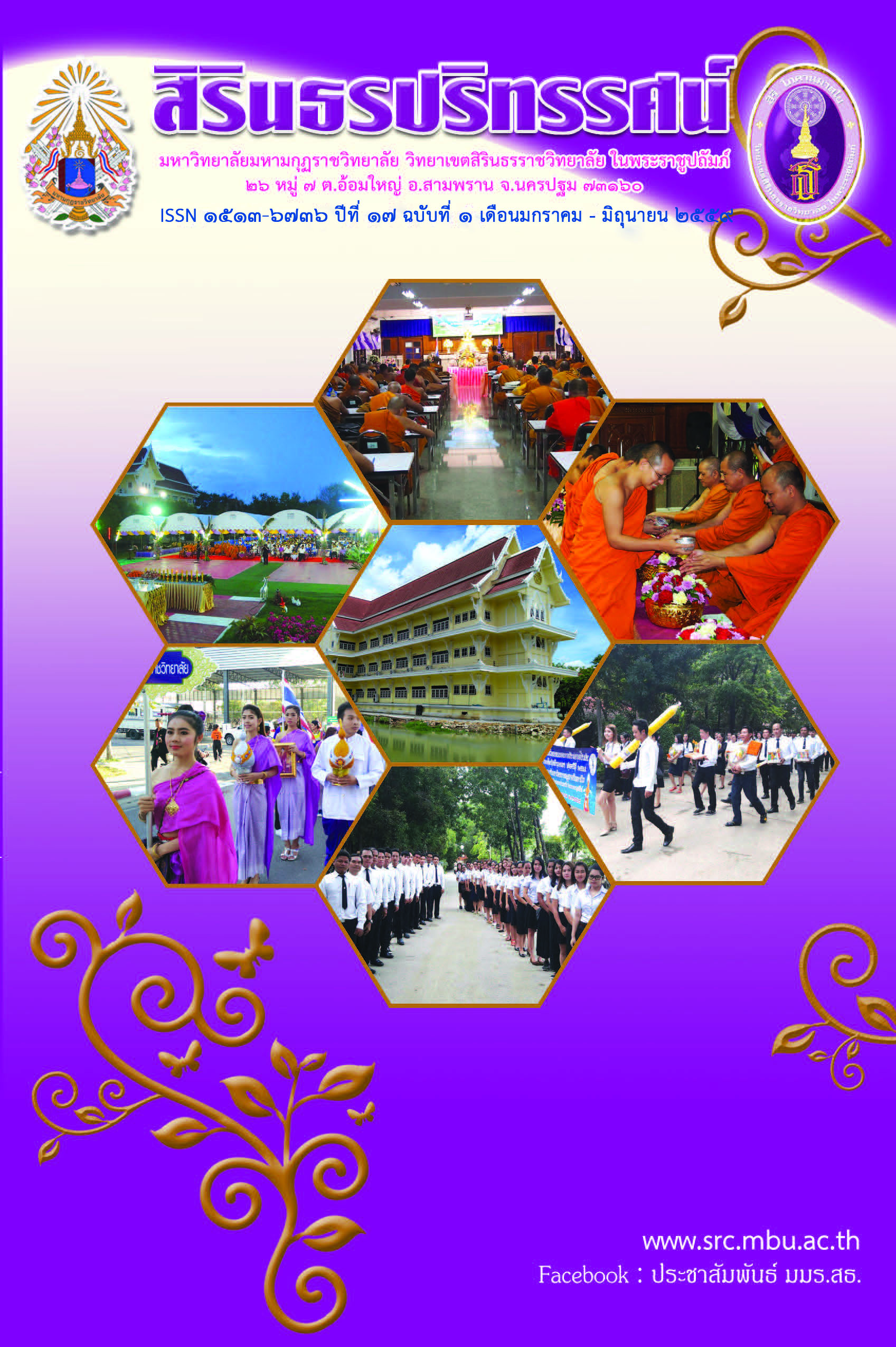The Application of Saraneeyadhamma’s Principles to Create the People’s Reconciliation and Unity in Udon Thani, Sakon Nakhon, Nong Khai and Kalasin Province
Keywords:
Application, Saraneeyadhamma, Reconciliation and Unity, Udon Thani, Sakon Nakhon, Nong Khai and Kalasin ProvinceAbstract
The objectives of this research were as follows: 1) to study knowledge and understanding about Saraneeyadhamma’s principles of people in Udon Thani, Sakon Nakhon, Nong Khai and Kalasin Province, 2) to study the application of Saraneeyadhamma’s principles to create the people’s Reconciliation and Unity, 3) to compare the Application of Saraneeyadhamma’s principles to create the people’s Reconciliation and Unity, 4) to correlation between knowledge and understanding about the Saraneeyadhamma’s principles and the application of Saraneeyadhamma’s principles to create the people’s Reconciliation and Unity, and 5) to study other suggestions of the application of Saraneeyadhamma’s principles to create the people’s Reconciliation and Unity. Research was mixed both quantitative and qualitative. The sample group was the 400 people who were in Udon Thani, Sakon Nakhon, Nong Khai and Kalasin Province, including indepth interviews with key informants 9 people. The tools were questionnaires and structured in-depth interviews. The statistics used were frequency, percentage, mean, standard deviation, T-test F test and correlation coefficient.
The results of research were found that People had the knowledge and understanding about Saraniyadhamma’s principles at 76.40 percent. The application of Saraneeyadhamma’s principles to create the people’s Reconciliation and Unity in Udon Thani, Sakon Nakhon, Nong Khai and Kalasin Province was on a high level in all aspects. The results of hypothesis testing were found that the people with different genders and occupation had no difference of the application of Saraneeyadhamma’s principles to create the people’s Reconciliation and Unity. The test results did not conform to the hypotheses set. But the people with different ages, education and income per month had difference of the application of Saraneeyadhamma’s principles to create the people’s Reconciliation and Unity with the statistical significance at .05. The test was based on the hypothesis set. And the level of knowledge and understanding about Saraneeyadhamma’s principles of people had correlation to the application of Saraneeyadhamma’s principles to create the people’s Reconciliation and Unity which was based on the hypothesis set. In addition, the people had other suggestions about the application of Saraneeyadhamma’s principles to create the people’s Reconciliation and Unity. People should respect and be kind to each other, speak to each other better It was not nagging on the other, recognize the sacrifices and share the benefits to the public. No conflict of interest and should respect the opinions and decisions of others.
Downloads
Published
Issue
Section
License
บทความที่ได้รับการตีพิมพ์เป็นลิขสิทธิ์ของ มหาวิทยาลัยมหามกุฏราชวิทยาลัย วิทยาเขตสิรินธรราชวิทยาลัย
ข้อความที่ปรากฏในบทความแต่ละเรื่องในวารสารวิชาการเล่มนี้เป็นความคิดเห็นส่วนตัวของผู้เขียนแต่ละท่านไม่เกี่ยวข้องกับหาวิทยาลัยมหามกุฏราชวิทยาลัย วิทยาเขตสิรินธรราชวิทยาลัย และคณาจารย์ท่านอื่นๆในมหาวิทยาลัยฯ แต่อย่างใด ความรับผิดชอบองค์ประกอบทั้งหมดของบทความแต่ละเรื่องเป็นของผู้เขียนแต่ละท่าน หากมีความผิดพลาดใดๆ ผู้เขียนแต่ละท่านจะรับผิดชอบบทความของตนเองแต่ผู้เดียว




